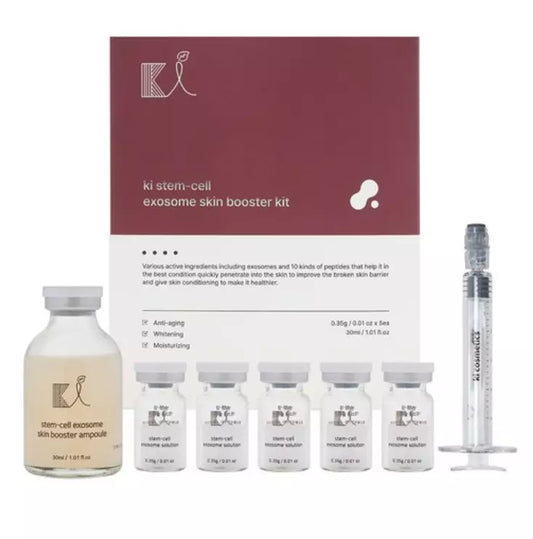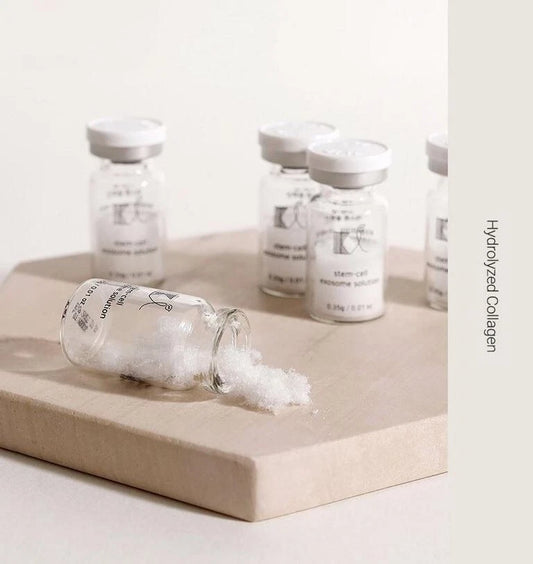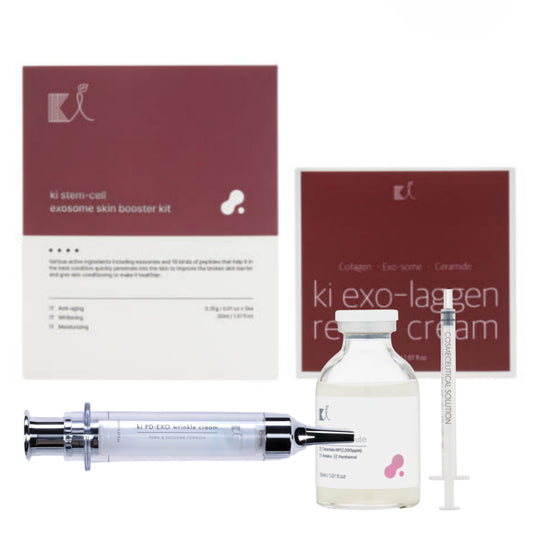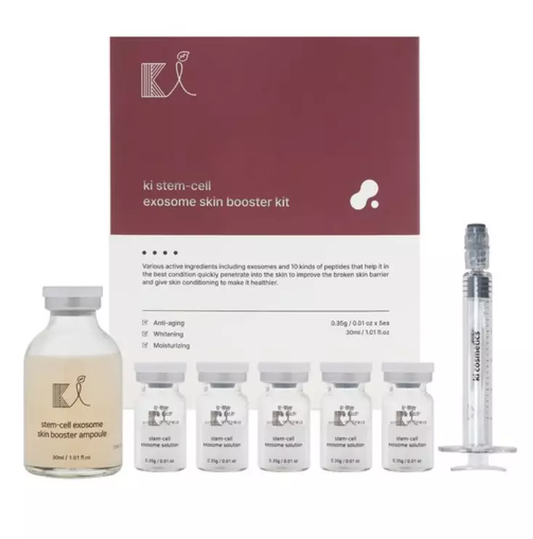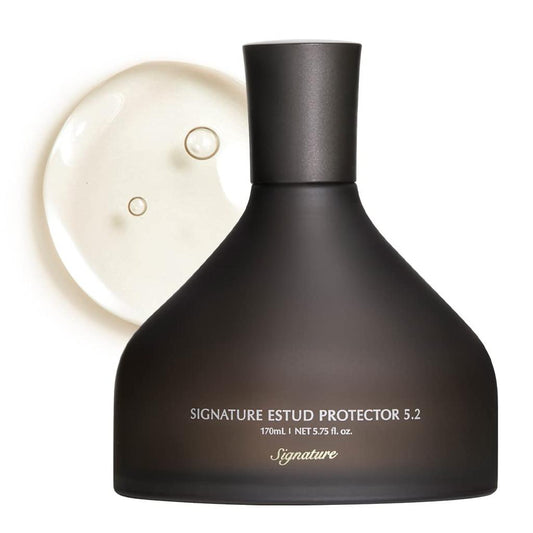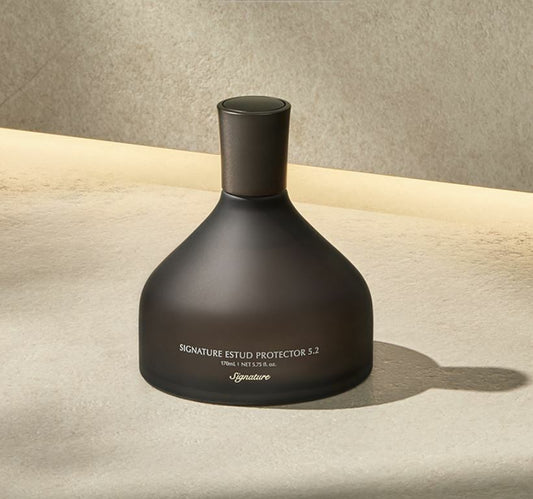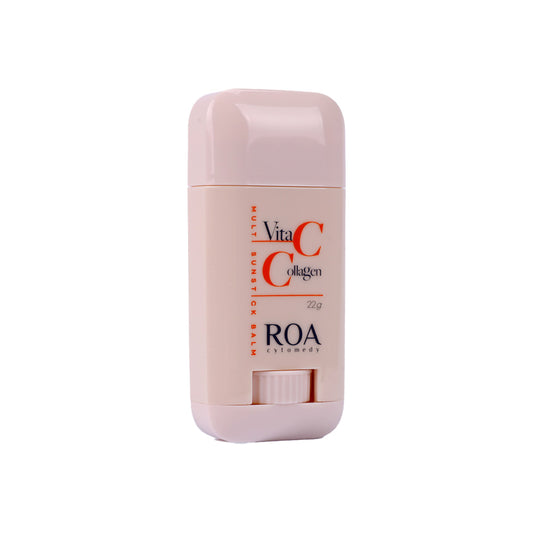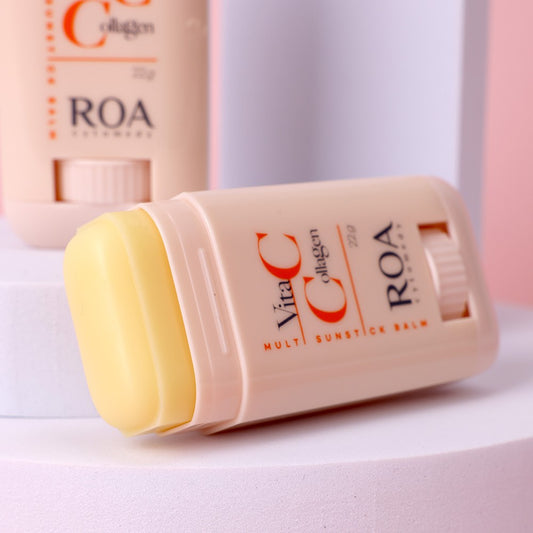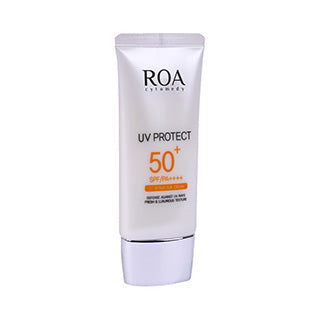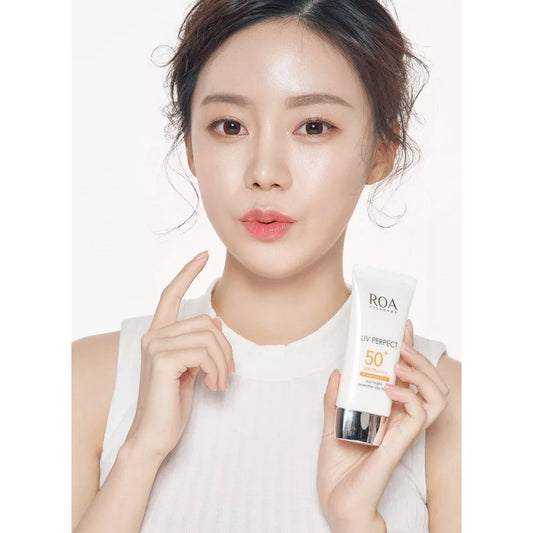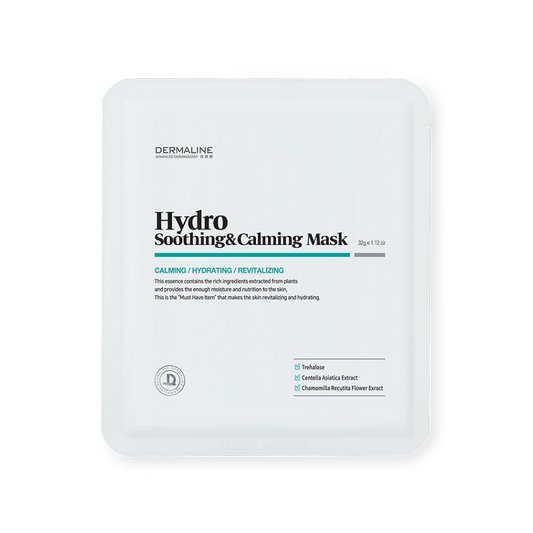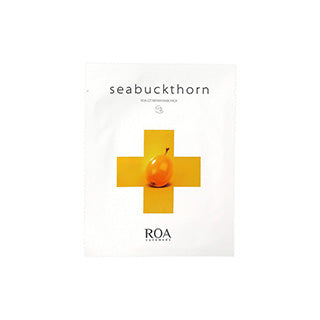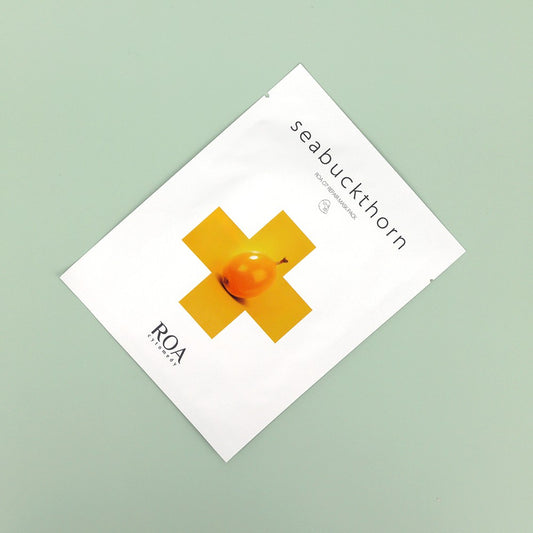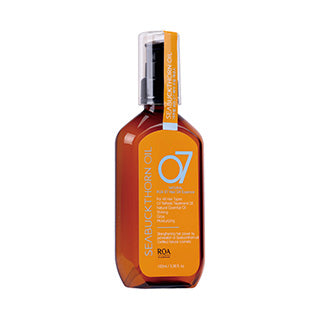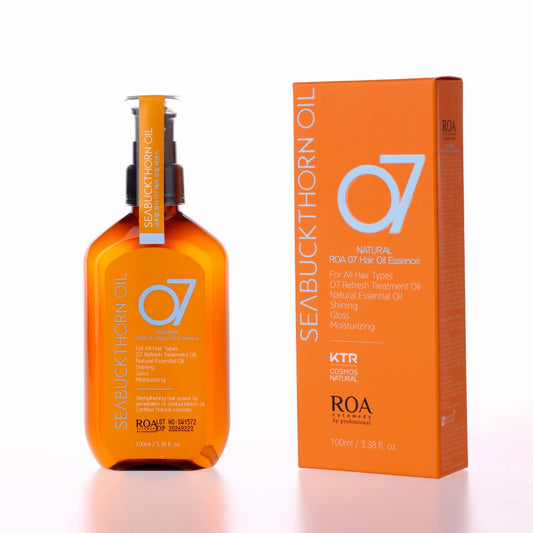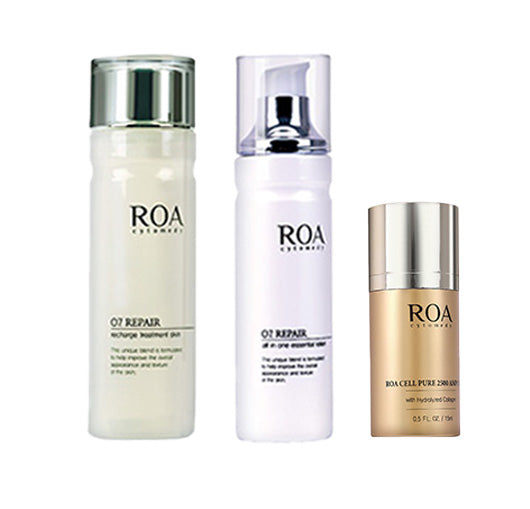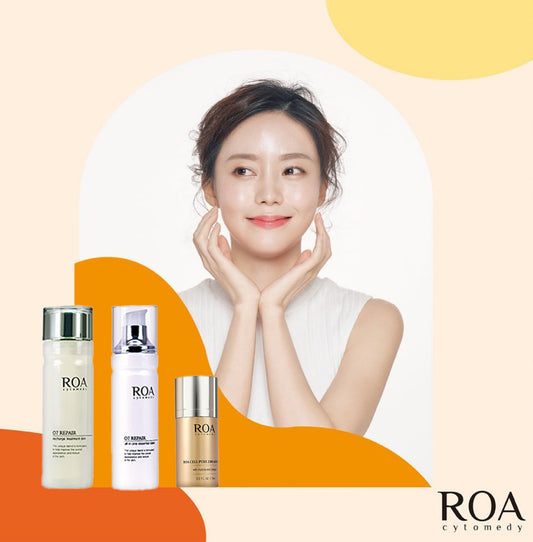Skin barrier part 1: Differences between UVA, UVB and UVC rays
🌞 Skin photoaging caused by UV rays – and how Korean skincare protects you
After a long, dark winter, the skin is extra vulnerable to strong UV rays that accompany the spring and summer sun. When the skin is suddenly exposed to intense sunlight, while the skin barrier is weakened after the winter months, the risk of skin damage and photoaging increases significantly.
Skin sensitivity increases , and damage from ultraviolet rays can manifest as pigmentation, dryness, wrinkles, and loss of elasticity. That’s why it’s important to understand how UV rays affect the skin – and how Korean skincare offers you the best solutions for protection and repair.
What are ultraviolet rays – and why are they so harmful to the skin?
Ultraviolet rays (UV rays) are invisible light waves from the sun that have a major impact on our skin – both positively and negatively. While they can contribute to vitamin D production in small doses, prolonged and intense exposure is one of the main causes of skin aging .
1.UV rays are the main cause of skin aging.
When the skin is exposed to large amounts of UV rays over time, a damaging process known as photoaging occurs. This is a type of aging caused by external influences , and is distinct from the natural (physiological) aging that occurs gradually with age.
Photoaging leads to:
-
Early wrinkles
-
Pigment spots
-
Loss of elasticity
-
Dry and sensitive skin
Because UV rays penetrate deep into the skin and break down collagen and elastin, skin will age faster than normal if it is not protected. That is why it is important to protect your skin every day – all year round.
.
2. So what are the UV rays that damage our skin?

Among the sun's rays, the light that can be seen with our eyes, such as red and green waves, is called visible light, and the light beyond the red light is ultraviolet rays.
Ultraviolet rays have benefits such as sterilization and are involved in the production of vitamin D, but when exposed to the skin for a long time, they cause photoaging. Depending on the length of the wavelength, they are classified into UVA, UVB and UVC.
UVA
It is a long wavelength, equivalent to about 1% of the sun's rays. Because wavelength is inversely proportional to energy, long-wavelength UVA has less energy than medium-wavelength UVB, but the amount is about 100 times greater than UVB, so it has a very large impact on skin aging.
Because UVA has a long wavelength, it passes through the epidermis and penetrates deep into the dermis, transforming the collagen and elastin that support the skin, causing long-term damage to skin aging, since it persists even on cloudy or rainy days and in winter, it is UV rays we need to be concerned about in all four seasons.
UVB
Ultraviolet rays are medium wavelength rays that cause skin changes such as daily burns, such as erythema and blisters, when exposed to the hot sun in summer for extended periods of time.
Because its energy is stronger than UVA, it is more irritating to the skin and causes skin pigmentation. Prolonged exposure can also cause DNA damage in cells and cause skin cancer.
In particular, the energy is very strong in the summer and from 10:00 to 14:00, and because UVB passes almost 100% through water, pigmentation occurs more intensely when swimming in the summer.
But fortunately, more than 90% of UVB is blocked by glass windows, and since the transmittance is low, it has little effect on the skin indoors. As winter approaches, the energy of UVB becomes weaker and its influence on the skin surface decreases.
UVB is the ultraviolet ray that functions in vitamin D synthesis, one of the beneficial effects of the sun on the human body.

UVC
Since it has the shortest wavelength, most of it is absorbed by the ozone layer before it reaches the Earth's surface, so the amount that reaches the Earth is still very small and has little effect on the human body.
However, when the ozone layer is damaged due to environmental pollution, UVC, which has very strong energy and destructive power, reaches the surface and can cause skin aging, skin cancer and even death, so we must all participate in protecting the ozone layer. For reference, UVC is said to reach the Earth's surface at the Earth's polar regions.

3. What are the effects of ultraviolet rays on the skin?
Typical symptoms that occur when the skin is exposed to ultraviolet rays for a long time include the formation of wrinkles, loss of elasticity, pigmentation and dry skin.
The human body always activates a 'defense mechanism' when exposed to external harmful environments to protect the body from the outside. Doing this, a 'defense mechanism' is initiated. As a function of melanocytes, the pigment cells that create skin color, tyrosinase, a melanin pigment-forming enzyme, and tyrosine, a type of amino acid, are activated to form melanin.
In this way, melanin is created as a defense mechanism to protect the skin when exposed to ultraviolet rays, but when this melanin reaches the skin surface it can cause pigmentation and freckles.
Among ultraviolet rays, UVA, which has a long wavelength, passes through the epidermis and reaches the dermis. UVA that penetrates the dermis stimulates fibroblasts, and at this time, reactive oxygen species are formed in the fibroblasts, which produce matrix metalloprotease (MMP). enzymes to form collagen and elastin are cut.
As the bond between collagen and elastin in the dermal layer is broken, the density of the dermis is reduced, resulting in the formation of wrinkles and reduced elasticity of the skin.
Have you all seen this picture???

This photo was published in the New England Journal of Medicine in 2012 and shows a grandfather who worked as a truck driver for 25 years. Like this Because of my job, ultraviolet A rays penetrate the left side of my face more intensely, so the left side appears to have aged more strongly than the right side.
Dr. Jennifer Gordon, who conducted the study, emphasized: You should wear sunscreen all year round, whether you are indoors or outdoors, whether the sky is clear or cloudy.
The way to protect your skin from UV rays is to use sunscreen.
Supplement the collagen in your skin that is destroyed by UV rays with a sunscreen that contains collagen!! It applies evenly like a moisturizer, does not sting the eyes and protects the skin from UV rays.
